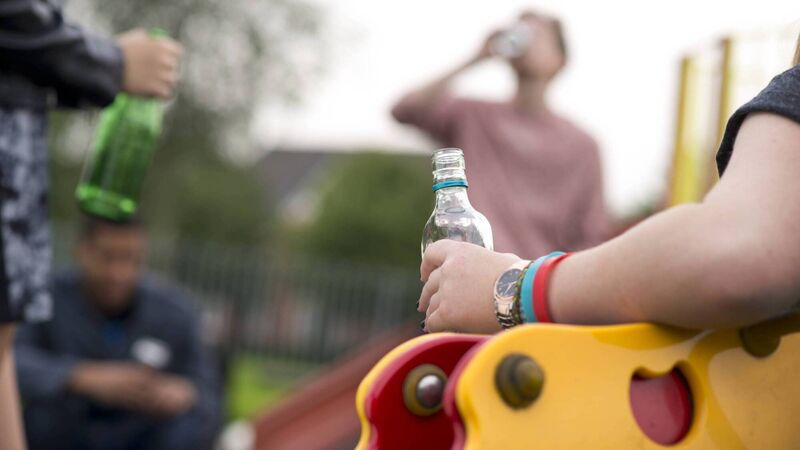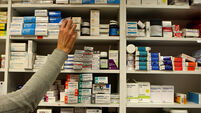New report shows rise in youth drinking with 64% engaging in hazardous alcohol use

With 50,000 children starting drinking in Ireland each year, child drinking is now 'the norm rather than the exception', Alcohol Action Ireland says
Youth drinking in Ireland has been on the rise for the past decade, reversing a downward trend that had been recorded prior to 2015, a new report has found.
Alcohol Action Ireland (AAI) has said drinking among young people aged 15 to 24 declined from the mid-2000s to the mid-2010s, but since then, consumption has increased, rising from 66% of this age bracket in 2015 to 75% last year.
AAI's new report, , also found 64% of young people engage in hazardous drinking, above the HSE's recommended guidelines.
Almost four in 10 (38%) engaged in binge drinking, classified as consuming six or more standard drinks in one sitting.
“In recent years, a narrative has emerged that youth drinking is perhaps no longer an issue in Ireland," said AAI chief executive Dr Sheila Gilheany.
"However, a close analysis of the facts indicates that alcohol remains Ireland’s largest drug problem, both for young people and the wider population, with significant health impacts, such as rising levels of alcohol-related hospitalisations among young people and tragically half of young driver fatalities having an alcohol component."
In 2019, young people in Ireland were, on average, 16.6-years-old when they had their first drink. In 2002, that number was 15.6 years.
While the age young people begin drinking is now older, once they begin drinking, young people consume alcohol at a level above the national average.
With 50,000 children starting drinking in Ireland each year, child drinking is now "the norm rather than the exception", AAI says.
The advocacy group said this had a "consequent impact on their current and future health", and was "not surprising given the saturation levels of alcohol marketing to which they are exposed", particularly online.
“The role of alcohol marketing in encouraging, normalising and glamourising alcohol consumption among young people cannot be underestimated as a contributing factor to increasing levels of youth drinking," Dr Gilheany said.
She said alcohol was one of the country's most heavily marketed products, and one which was not a staple, nor a necessary purchase.
"Therefore a market must be created for it — and new drinkers must be recruited to create and expand that market," she said.
Dr Gilheany added: "It is not inevitable that alcohol harm to youth and wider society should be experienced at high levels in Ireland.
"Young people are the heaviest users of social media, and alcohol marketers are exploiting the resulting opportunities with enormous energy, undermining conventional public health policies, approaches and tools for reducing population-level alcohol consumption," she said.










